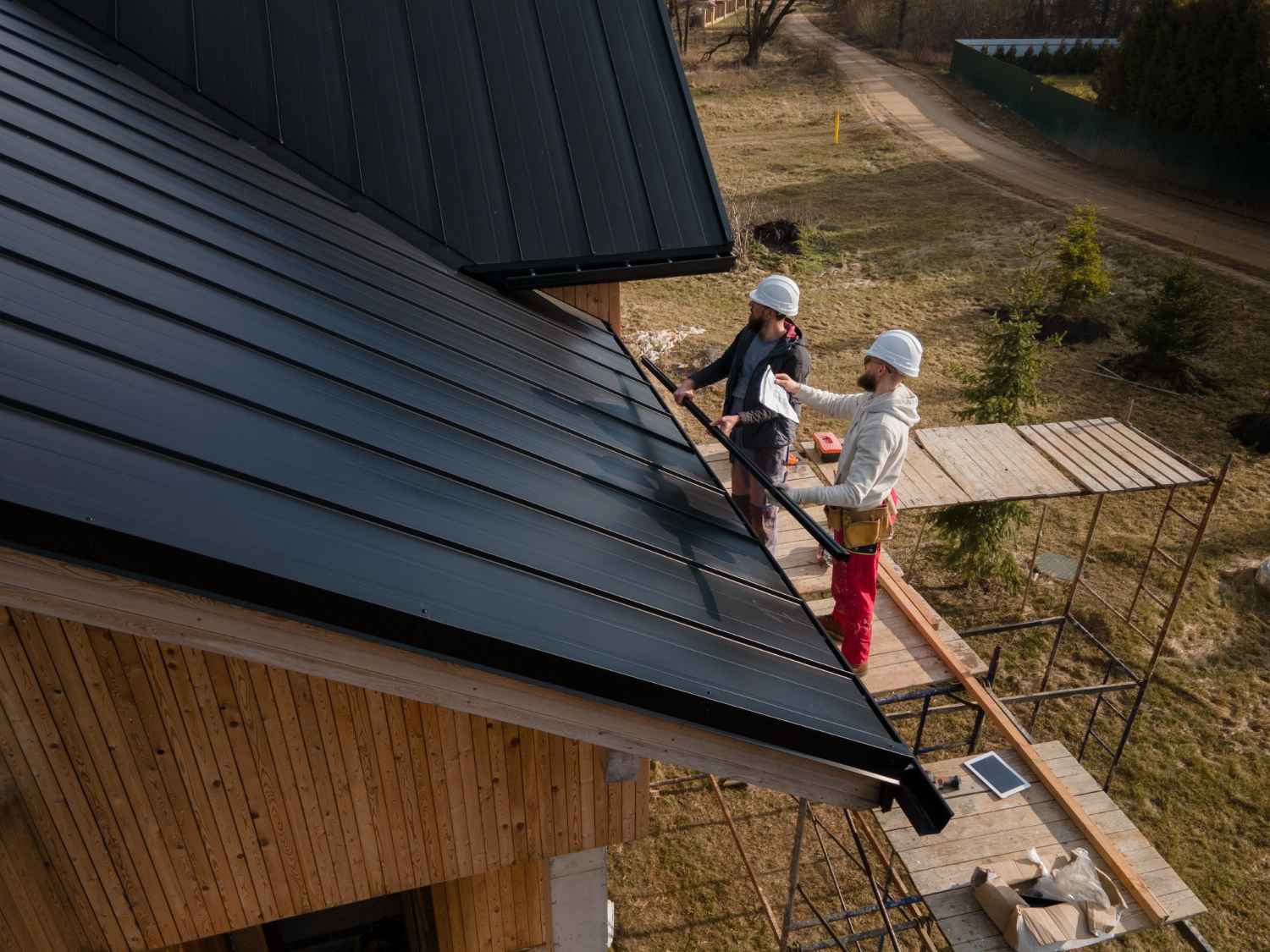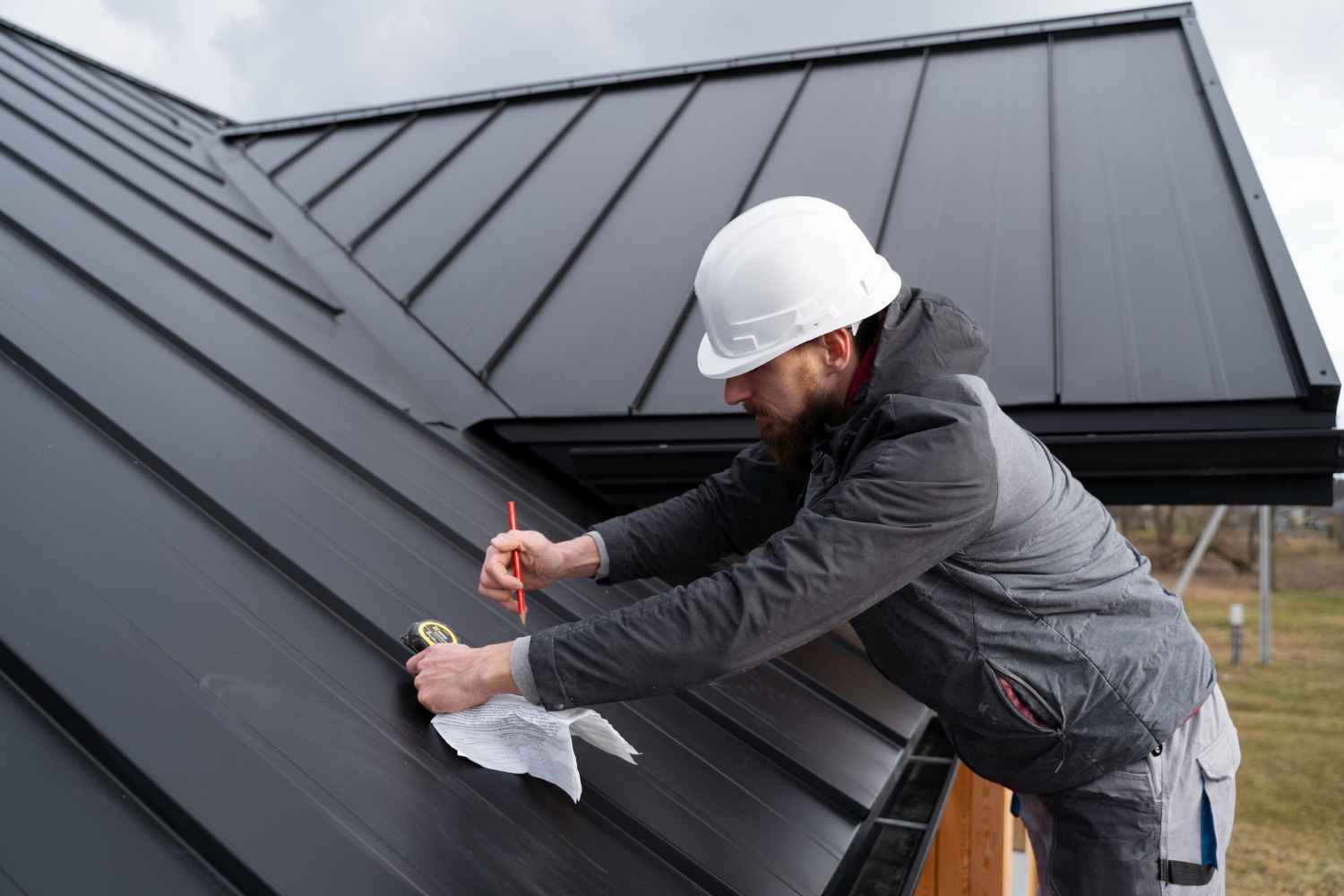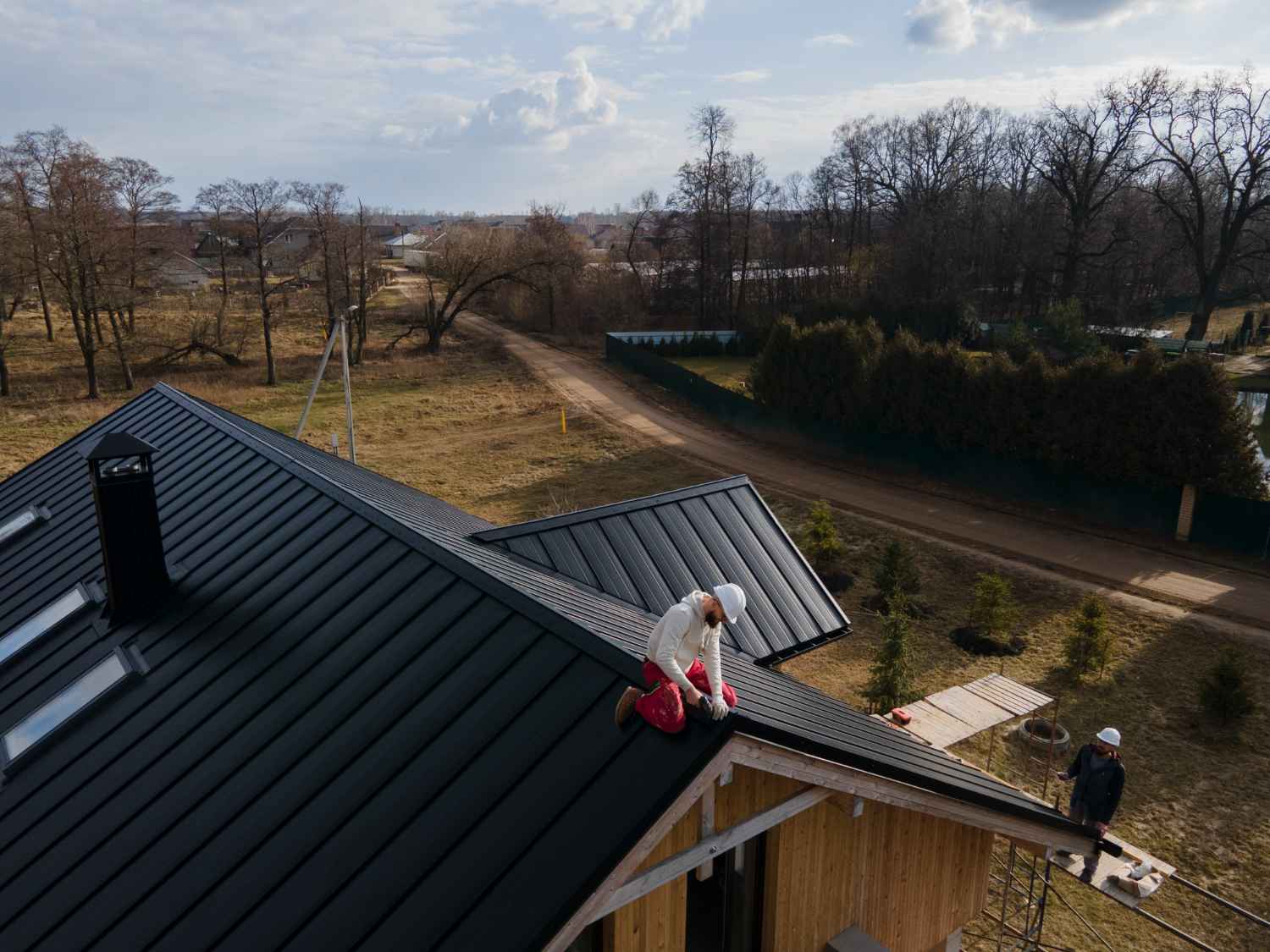As energy efficiency becomes increasingly important, property owners are searching for roofing solutions that help maintain comfortable indoor temperatures while reducing energy costs. Warm roofing is a popular method in the UK that offers excellent insulation and prevents heat loss through the roof, making it a fantastic choice for both residential and commercial properties. At Surrey Roofing Specialists, we provide expert warm roofing installations, designed to maximize energy efficiency and comfort in homes and businesses across the UK.
This guide will walk you through what warm roofing is, its advantages over traditional cold roofing, and the step-by-step process involved in its installation.
Warm roofing is a type of roof insulation system in which the insulation is installed above the structural deck and directly beneath the waterproofing layer. This approach keeps the entire roof structure within the warm, insulated space, reducing the risk of condensation and increasing thermal efficiency.
Unlike cold roofing—where insulation is placed between ceiling joists and below the structural deck—warm roofing ensures the entire roof structure is protected from cold outdoor temperatures, preventing thermal bridging (where heat escapes through gaps in the insulation) and reducing heat loss.
Benefits of Warm Roofing
Warm roofing offers numerous advantages, especially for properties in colder climates like the UK. Here are some of the key benefits:
- Improved Energy Efficiency: By keeping the entire roof deck within the insulated envelope, warm roofing minimizes heat loss, resulting in lower energy consumption and reduced heating costs.
- Condensation Prevention: Because the roof deck is kept warm, condensation build-up is less likely, which reduces the risk of moisture damage and extends the roof’s lifespan.
- Enhanced Indoor Comfort: Warm roofing maintains consistent indoor temperatures, ensuring that your property remains comfortable throughout the year.
- Reduced Environmental Impact: With less energy needed to heat your property, warm roofing contributes to a lower carbon footprint, making it an environmentally friendly choice.
- Longevity and Durability: Warm roofing minimizes thermal shock (stress on materials from temperature changes) and can help extend the lifespan of your roof.
How Warm Roofing Works | Key Components
Warm roofing relies on several core components that work together to create an effective thermal barrier. Here are the main elements involved:
- Vapour Control Layer (VCL): The VCL prevents moisture from reaching the insulation. It’s installed directly over the structural deck, stopping water vapour from penetrating and causing condensation.
- Insulation Layer: This is the core of the warm roofing system, typically made of rigid foam boards like PIR (polyisocyanurate) or PUR (polyurethane), which offer high thermal efficiency. The insulation layer is placed above the VCL.
- Waterproofing Membrane: The waterproofing membrane covers the insulation and protects the roof from rain, snow, and other environmental elements.
- Decking Board: In some cases, a plywood or OSB (Oriented Strand Board) decking board is added above the insulation to provide a stable surface for the waterproof membrane.

Warm Roofing vs. Cold Roofing | What’s the Difference?
While warm roofing and cold roofing both provide insulation, they differ in where that insulation is placed and how effective it is:
- Warm Roofing: Insulation is placed above the structural deck, ensuring the entire roof structure stays within the warm, insulated area. This reduces condensation and thermal bridging, making warm roofing more efficient in cold climates.
- Cold Roofing: Insulation is installed between ceiling joists, leaving the roof deck outside the insulated area. This setup is more prone to condensation and is less effective at retaining heat, leading to higher energy costs.
In colder climates, warm roofing is generally considered the better choice because it offers better insulation, moisture control, and energy efficiency.
Step-by-Step Warm Roofing Installation Process
At Surrey Roofing Specialists, we follow a precise process to ensure the highest standards for warm roofing installations. Here’s a step-by-step look at the process:
Step 1: Initial Assessment and Roof Preparation
The first step in any warm roofing installation is a thorough inspection and preparation of the existing roof structure.
- Inspection and Measurements: We assess the roof to identify any repairs needed and measure it to determine the amount of insulation and materials required.
- Cleaning and Surface Preparation: Any debris, old materials, or loose items on the roof are removed to provide a clean, solid foundation for the installation.
Step 2: Installing the Vapour Control Layer (VCL)
The VCL is critical to preventing moisture from entering the insulation layer and causing condensation problems.
- Laying the VCL: We lay the vapour control layer directly on the roof deck, ensuring full coverage to protect against moisture.
- Sealing the Edges: The VCL is sealed around all edges, roof openings, and penetrations to create a continuous barrier, preventing gaps where moisture could seep through.
Step 3: Adding the Insulation Layer
The insulation layer is essential for minimizing heat loss and keeping the roof warm.
- Placing the Insulation Boards: We lay the insulation boards above the VCL, ensuring complete coverage to avoid thermal bridging.
- Fixing the Insulation: The insulation is then fixed in place using fasteners or adhesive, depending on the type of roof and insulation material.
Step 4: Adding Plywood or OSB Decking (If Needed)
In some cases, a decking layer is added above the insulation to provide a sturdy surface for the waterproofing membrane.
- Installing Decking: The decking boards are placed over the insulation, adding a layer of stability that ensures the waterproof membrane can be applied evenly.
- Securing the Decking: We ensure the decking is securely attached to the roof structure to provide a solid base for the membrane.
Step 5: Applying the Waterproofing Membrane
The waterproofing membrane is crucial for protecting the roof from environmental elements.
- Selecting the Membrane: At Surrey Roofing Specialists, we use high-quality, durable membranes such as EPDM, TPO, or bitumen.
- Applying and Sealing the Membrane: The membrane is rolled out over the roof surface, then carefully adhered and sealed to provide complete waterproofing.
Step 6: Final Inspection and Finishing Touches
Once all layers are installed, we conduct a thorough inspection and add any finishing elements.
- Inspection: Our team ensures that all elements of the warm roof are properly installed and that there are no gaps or weak points.
- Adding Gutters and Fascia: We finish the installation with gutters and fascia as needed to help with water drainage and give the roof a polished look.

Why Choose Surrey Roofing Specialists for Warm Roofing?
Surrey Roofing Specialists offers unmatched expertise in warm roof installations across the UK. Here’s why clients choose us for their roofing needs:
- Experienced Professionals: With years of industry experience, we bring knowledge, skill, and attention to detail to every project.
- High-Quality Materials: We use top-grade insulation and waterproofing materials to ensure your warm roof is durable and energy-efficient.
- Customer Satisfaction: Our commitment to client satisfaction is evident in the quality of our work and the positive feedback we receive.
Conclusion
Warm roofing is an effective, energy-efficient solution for UK properties that helps reduce heating costs, prevent condensation, and extend the life of your roof. At Surrey Roofing Specialists, we pride ourselves on delivering high-quality warm roof installations tailored to the needs of our clients.
For a warmer, more comfortable, and energy-efficient roof, reach out to Surrey Roofing Specialists today. Let us provide a roofing solution that combines durability, comfort, and quality.

